Beijing - Tiananmen Square and The Forbidden City
When the Hongwu Emperor's son Zhu Di became the Yongle Emperor in 1402 he moved the capital from Nanjing to Bejing and construction began in 1406 on what would become the Forbidden City. It took 14 years and involved over a million workers.
From 1420 to 1644 the Forbidden City was the seat of the Ming Dynasty, was briefly held by the short lived Shun Dynasty until the Manchus achieved supremacy in Northern China and they proclaimed a young Shunzhi Emperor to be the ruler of all China under the Qing Dynasty.
Apart from a brief occupation by the Anglo-French forces during the Second Opium War in 1860 the Forbidden City remained the seat of the Qing until 1912 with the abdication of Puyi, the last Emperor of China.
The People's Republic of China has consistenly aimed to protect and restore the Forbidden City since the the Palace Museum was established in 1925.
In 1987 the Forbidden City was declared a World Heritage Site by UNESCO. There is an ongoing restoration project to repair and restore all the 980 buildings in the Forbidden City to their pre-1912 state.
As our guide put it, the PRC recognises that the Forbidden City is not so much a cash cow as a cash dinosaur: there were 16 million visitors in 2016!
Back to Daily Reports
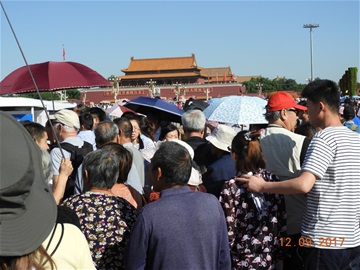
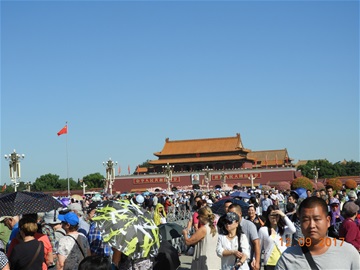
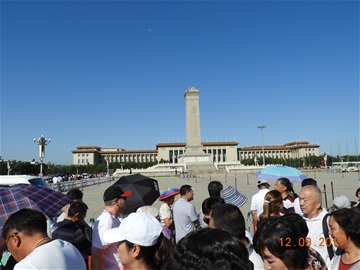
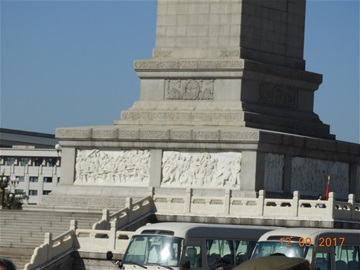
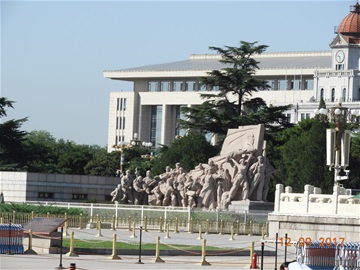
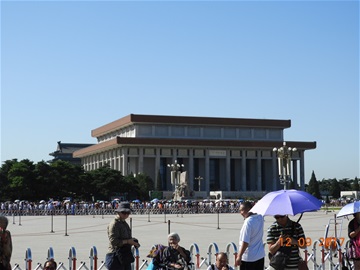
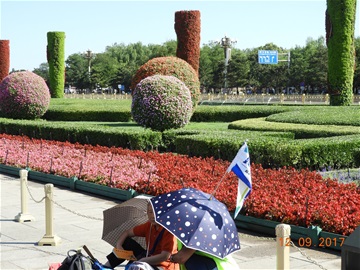
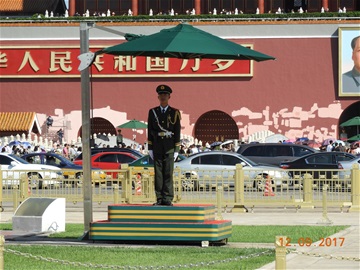
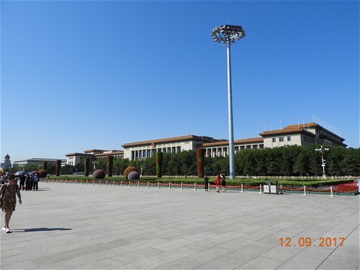
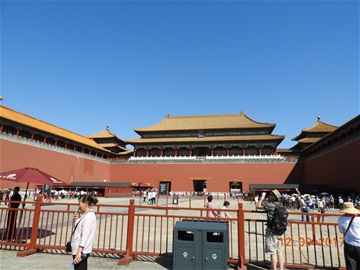
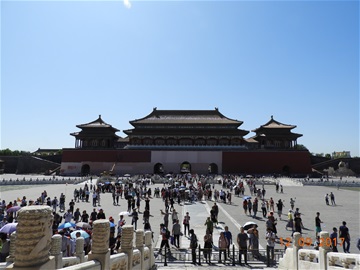
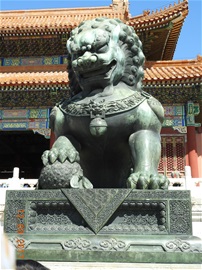
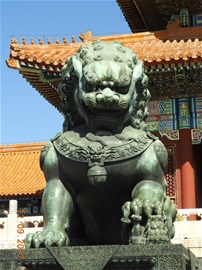
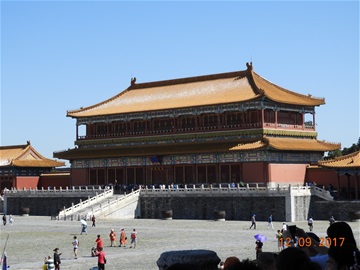
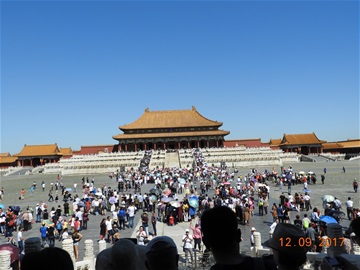
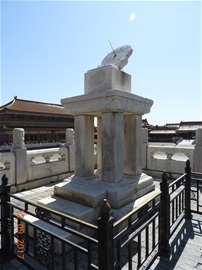
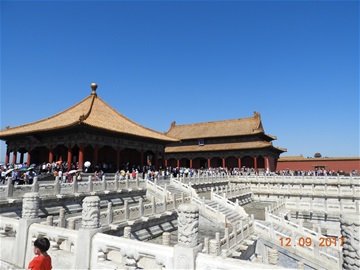


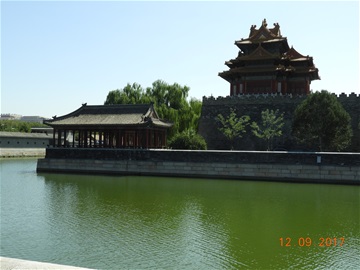
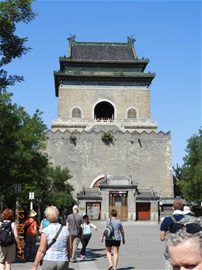
Latest comments